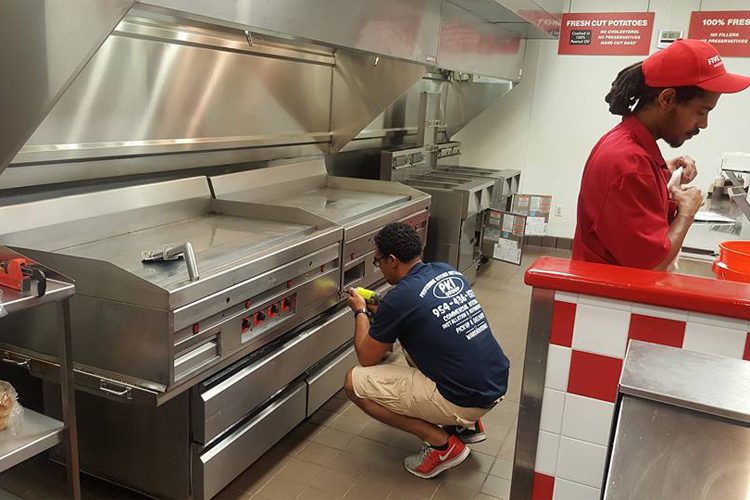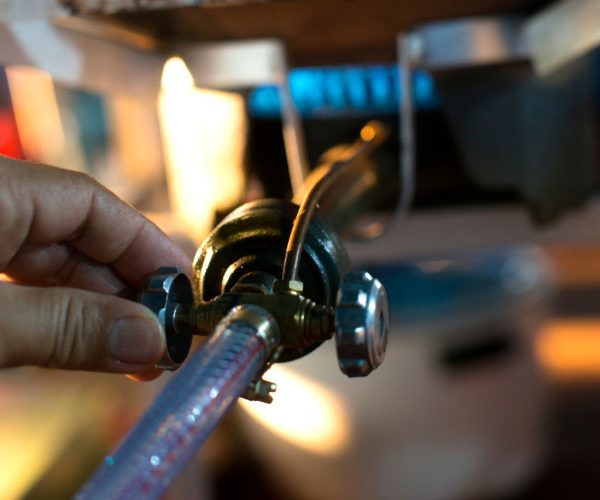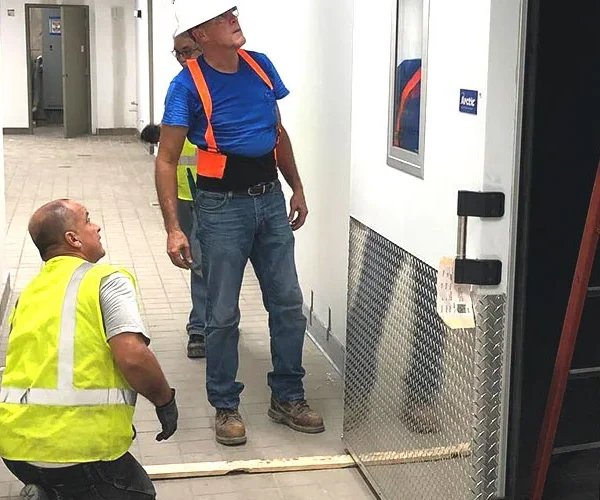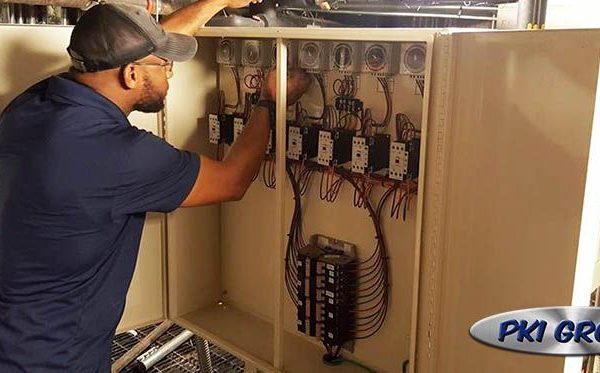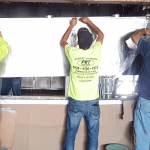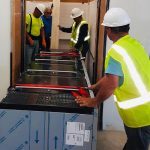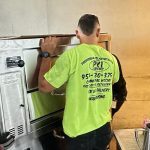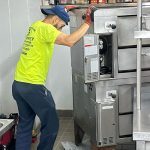The quality of ventilation can affect how often cooking fumes build up inside your kitchen, which can pose potentially serious health problems to your customers and staff.
Installation is one of the most critical stages when installing a kitchen ventilation system, so you must get this stage right to avoid potential issues later down the line. Here are some of the factors that can affect restaurant hood installation:
Type of Wall Material
The type of wall material that your restaurant is covered with can affect how much exhaust air your ventilation system can handle. If you’re using a standard metal duct for the installation, there should be no issue with drywall or plaster walls. However, in the case of high-temperature (e.g., in pizza ovens), brick, or cement walls, you will need to use a different type of duct.
Restaurant Layout
The style and layout of your restaurant can also affect the amount of air that your ventilation system can handle. For example, if you run a high-volume place where lots of cooking is constantly taking place in confined spaces, it’s best to opt for a more robust ventilation system that can handle the volume of air.
Material Used for Cooking
The type of food being cooked will also affect the resistance of your kitchen hood. For example, cooking high-sugar content foods (e.g., candy) or deep-frying increases the amount of soot produced, which can affect the airflow and, therefore, ultimately affect your hood’s efficiency.
You can go for a standard metal or stainless steel duct to filter sugar particles or opt for a more robust carbon filter that will ensure you don’t have any issues with sugar build-up for deep frying.
Hood Shape and Size
You may notice that hoods come in different shapes and sizes, but the shape of your hood is also likely to affect installation. Overall, you will find that under-cabinet or recessed hood options are easier to install than island hoods.
Additionally, the depth of the cabinet can also play a role in how easy it is to install a hood. In most cases, 30-inch deep cabinets are enough for an island hood installation.
Type of Ventilation System
There are two main types of ventilation systems – ducted and ductless – but you can also go for a hybrid option that uses both ducted and ductless systems. Ducted hoods are preferable if you’re installing a standard metal or stainless steel duct, whereas a ductless system is more appropriate for high-temperature cooking as it uses carbon filters.
Cooking Equipment Location
If your cooking equipment has been installed in a way that obstructs the airflow, it can significantly affect the performance of your ventilation system, thus making the installation process inefficient. Your best bet is to consult with a professional to ensure that you have the right duct before installation or hire a contractor who is experienced in this area.
Contact the PKI Group for Fast and Efficient Restaurant Hood Installation in Tamarac, Florida!
Call the PKI Group today if you’re looking for a reliable company to ensure efficient hood installation. As one of the leading commercial kitchen installers in South Florida, our team has worked with restaurants of all kinds to ensure they receive top-quality service. Call for a FREE estimate at 954-530-3757

